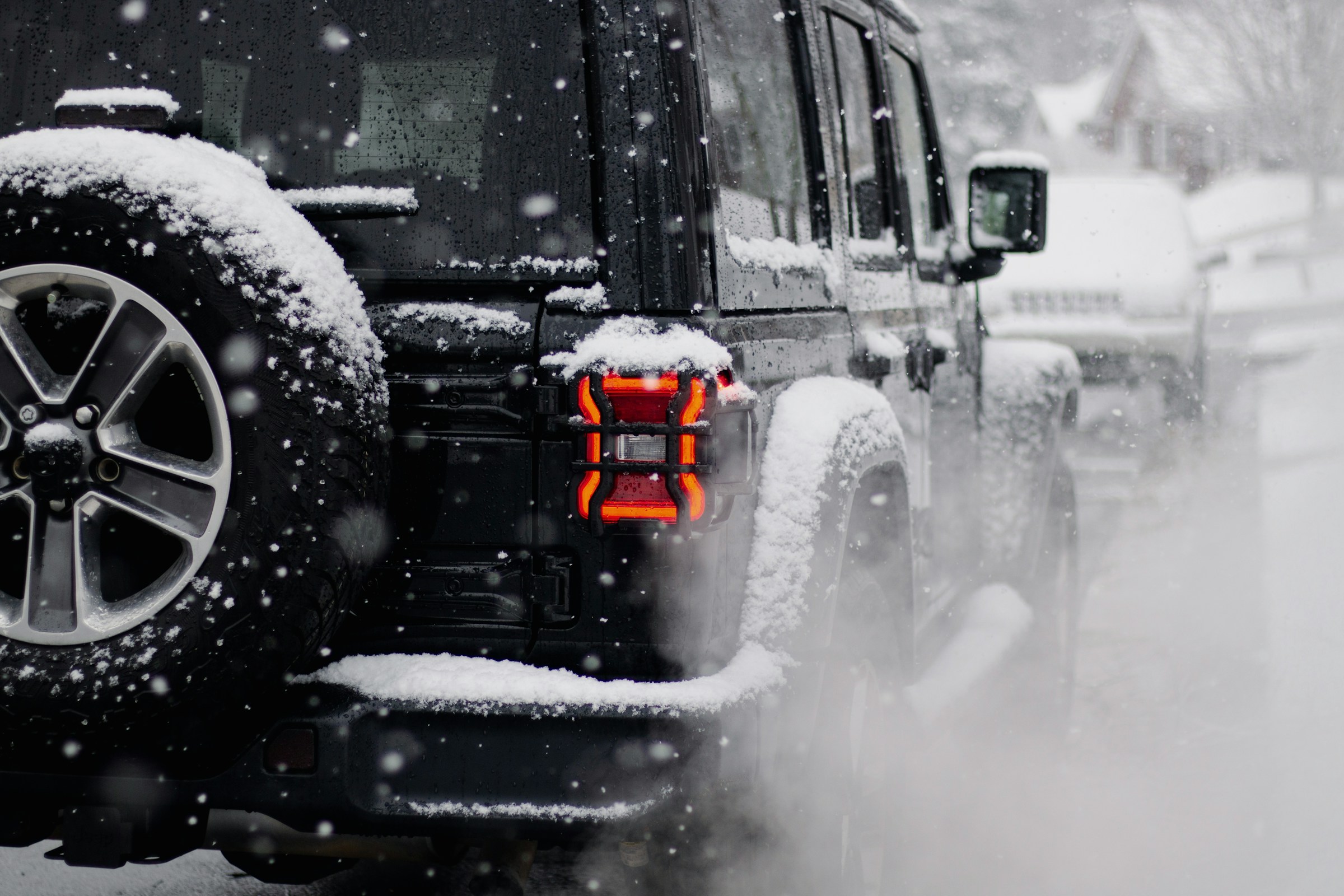Modern vehicles are equipped with advanced lighting systems, and LED brake lights have become a popular choice due to their energy efficiency, brightness, and longevity. But one crucial question for drivers is how these lights perform in extreme weather conditions. Whether it’s the icy cold of winter or the scorching heat of summer, lighting performance and safety cannot be compromised. This article explores how LED brake light bulbs withstand and adapt to various harsh environmental elements.

Durability and Solid-State Design
Unlike traditional incandescent bulbs, LED brake lights use solid-state technology. This means they don’t have fragile filaments that can break under vibration or sudden changes in temperature. Their solid build makes them highly resistant to shock, which is crucial for rough terrains and challenging weather.
Temperature Tolerance
LEDs can operate in a wide range of temperatures, generally from -40°F to 185°F (-40°C to 85°C). This capability is vital in ensuring that LED brake light bulbs remain functional whether you’re driving through a snowstorm or under intense sunlight. Manufacturers often encase these bulbs in weatherproof housings, further protecting them from moisture, dust, and temperature fluctuations.
How LED Brake Lights Handle Rain and Moisture
Sealed Housing and Waterproofing
One of the standout features of LED brake lights is their use of sealed enclosures. These housings are often designed to meet IP (Ingress Protection) standards, which indicate a bulb’s ability to resist water and dust. Even in heavy rain or through car washes, the light components remain unaffected, providing consistent performance.
Condensation Resistance
In poorly sealed lighting systems, condensation can form, reducing visibility and potentially causing short circuits. High-quality LED brake light bulbs include vents or desiccants that prevent moisture buildup inside the housing. This ensures clear light transmission and protects the circuitry from damage.
Performance in Snow and Ice
Quick Response Time
Safety is paramount in icy conditions, where braking distance increases. One advantage of LED brake lights is their almost instant illumination. They light up about 0.2 seconds faster than incandescent bulbs. While this seems minor, at highway speeds, this quick response can reduce stopping distance by several feet, offering an extra margin of safety in slippery conditions.
Ice Buildup Considerations
One potential drawback is that LED brake light bulbs produce very little heat, unlike incandescent bulbs. While this is great for energy efficiency, it means they don’t naturally melt snow or ice that may accumulate on the lens. However, some systems are equipped with auxiliary heating elements or rely on smart vehicle design to mitigate this issue.
How LED Brake Lights Stand Up to Heat and Sunlight
UV-Resistant Materials
Direct exposure to the sun can degrade certain materials, but LED brake lights are typically made with UV-resistant lenses and housings. This prevents discoloration and brittleness over time, ensuring that the light output remains bright and effective, even after prolonged sun exposure.
Efficient Heat Dissipation
Even though they are energy-efficient, LED brake light bulbs still generate heat during operation. Advanced models come with built-in heat sinks or thermal management systems to dissipate heat away from sensitive components. This protects the electronics and extends the bulb’s lifespan, especially important in hot climates or stop-and-go traffic where brake lights are frequently used.
Resistance to Dust and Debris
Dust-Tight Construction
Dust can interfere with light performance, especially in off-road or desert conditions. Thankfully, LED brake lights are often rated with high IP scores that certify them as dust-tight. Their tightly sealed design ensures no particles can enter and affect the internal electronics or reduce visibility.
Low Maintenance
Due to their sealed construction and fewer mechanical parts, LED brake light bulbs require much less maintenance than their incandescent counterparts. This is a major benefit for drivers in rural or rugged environments who need reliable lighting with minimal upkeep.
Long-Term Reliability in Variable Climates

Vibration and Shock Resistance
In addition to weather, road conditions can affect brake light performance. LED brake lights are highly resistant to vibration and shock, which makes them ideal for vehicles used in construction, agriculture, or long-distance travel across bumpy terrain.
Longevity in Harsh Conditions
An LED’s average lifespan ranges from 15,000 to 50,000 hours. Even under harsh environmental conditions, this longevity ensures fewer replacements and lower chances of failure, which is especially crucial for fleet vehicles and long-haul trucking.
Environmentally Friendly and Energy Efficient
Besides performance, LED brake light bulbs consume less power than halogens or incandescent bulbs. This efficiency not only contributes to fuel savings but also puts less strain on the vehicle’s electrical system, which is important in extreme conditions where every system is pushed to its limits.
FAQs
Q1: Can LED brake lights freeze in snowy weather?
Answer: While LED bulbs don’t generate much heat to melt snow, they are typically installed in designs that help minimize buildup, and some may include external heating elements if needed.
Q2: Do LED brake light bulbs work in extreme cold?
Answer: Yes, LEDs are highly effective in low temperatures and can operate well below freezing without any issues in performance or reliability.
Q3: How do I know if my LED brake lights are weatherproof?
Answer: Look for an IP rating on the product specification. A rating of IP65 or higher typically ensures protection against dust and water.
Conclusion
LED brake lights are a dependable choice for drivers who face a wide range of weather conditions. Their solid-state construction, high efficiency, and resistance to moisture, dust, and extreme temperatures make them particularly well-suited for modern vehicles. With proper installation and quality components, LED brake light bulbs not only enhance road safety but also offer long-lasting, low-maintenance performance in any climate. Whether you’re driving through rain, snow, heat, or dust, LED technology has proven itself as a resilient and smart solution for automotive lighting.
Article Last Updated: June 13, 2025.
